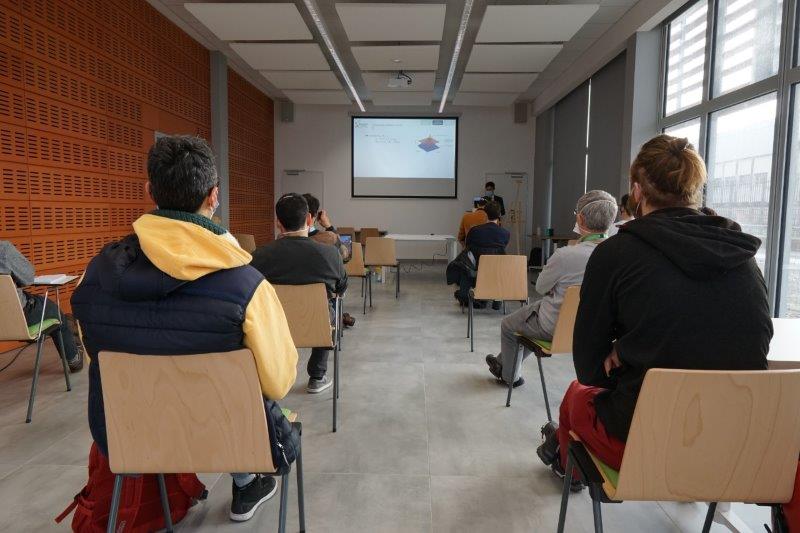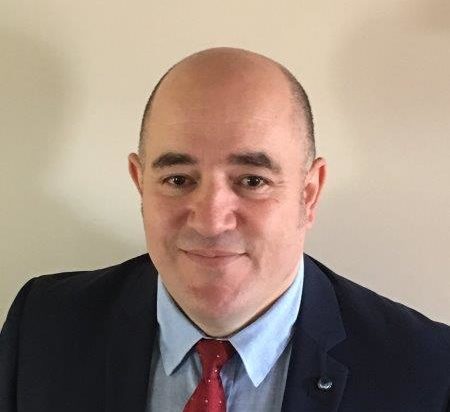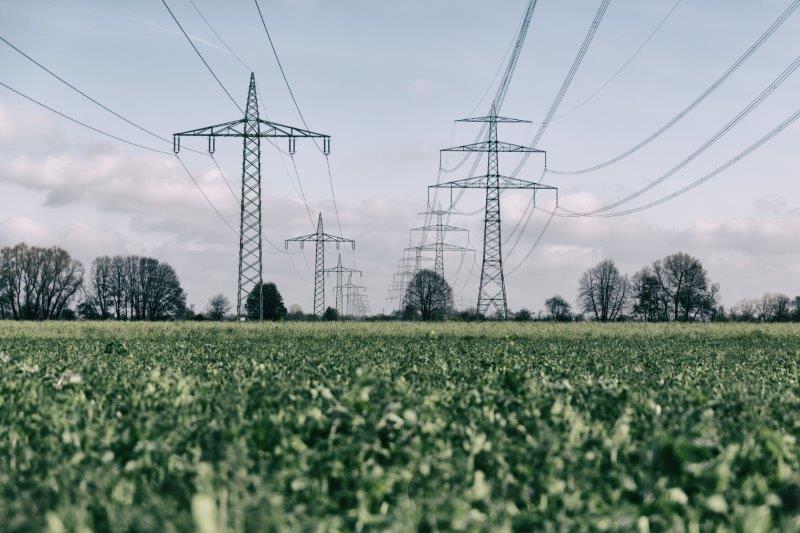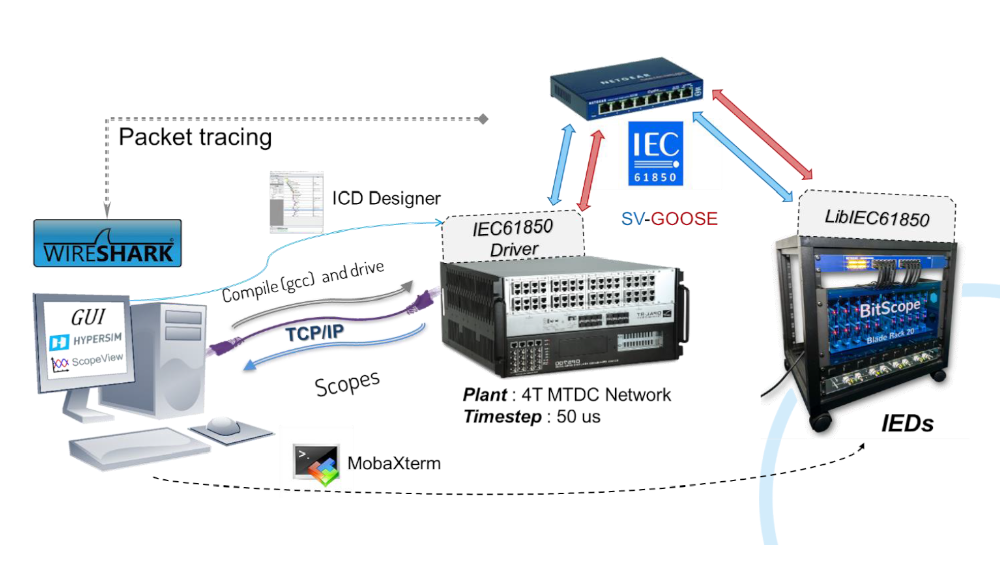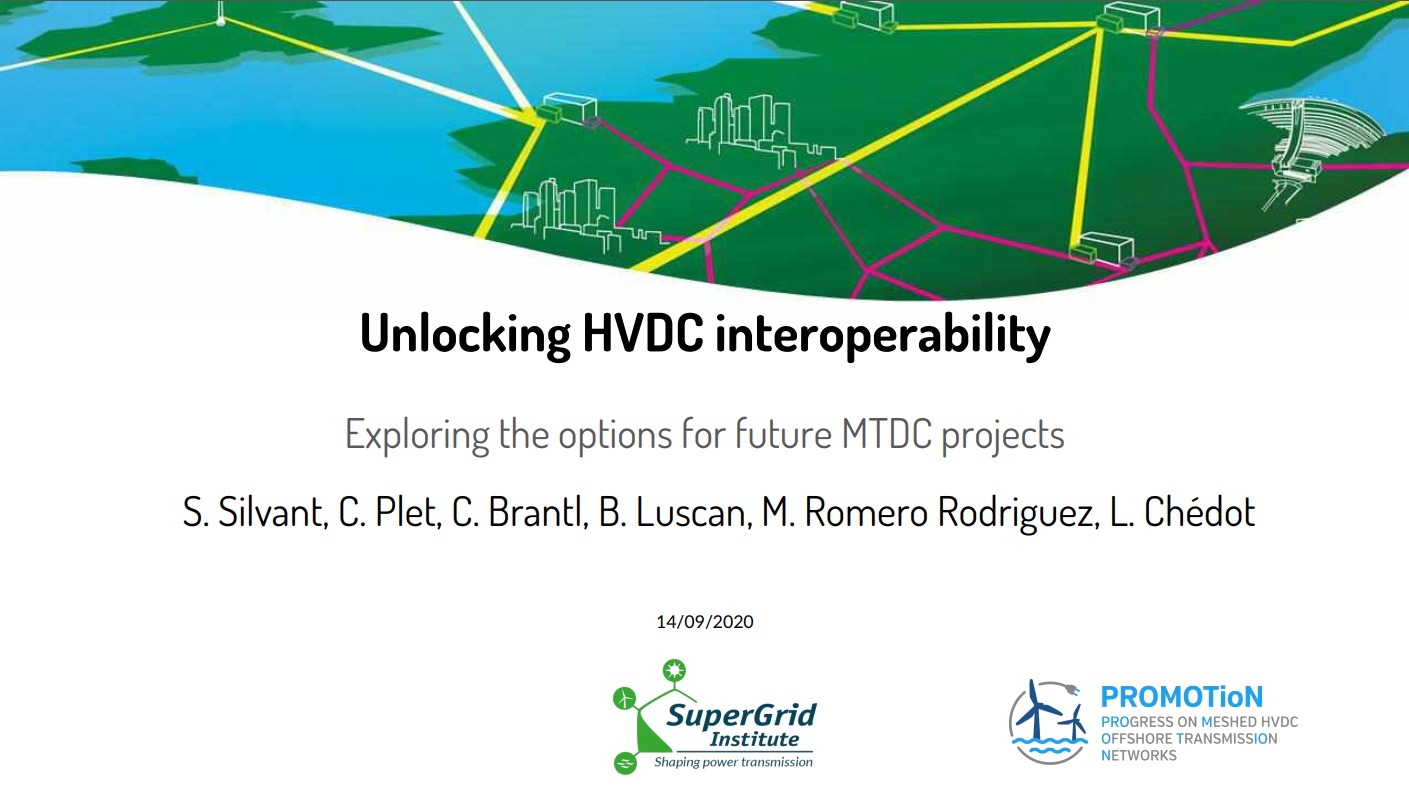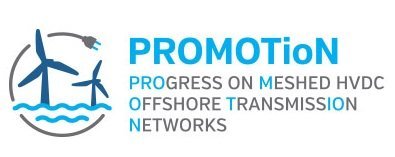PhD Pascal TORWELLE: “Development of a HVDC grid protection strategy based on hybrid OHL and cable lines”
This thesis identify the major challenges when considering the application of non-selective fault clearing strategy to hybrid grid structures and to propose solutions.


